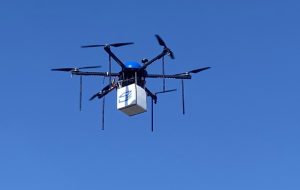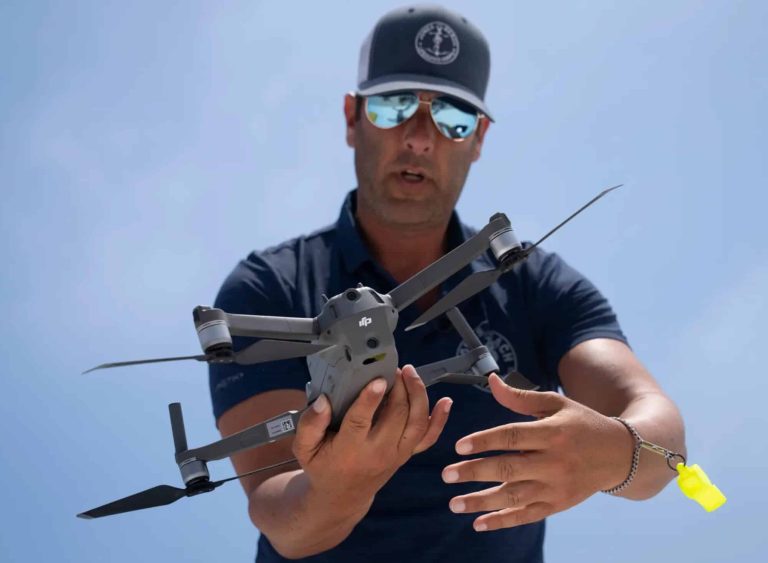The FAA Reauthorization Act of 2024 brings significant updates to regulations affecting Unmanned Aircraft Systems (UAS) and Advanced Air Mobility (AAM). This legislation aims to enhance the integration, safety, and efficiency of drone operations in the U.S. National Airspace System (NAS). Key provisions include the establishment of new advisory committees, infrastructure improvements, and expanded testing programs.
“We look forward to working with the FAA and Administrator Whitaker on the implementation of Congressional mandates on key issues for our industries, including a Part 108 BVLOS rule and a special final rule for powered lift aircraft operations, which will safely unlock scalability and new, high-value commercial drone and AAM operations,” AUVSI President and CEO Michael Robbins reportedly said.
READ MORE: THE TRUTH UNCOVERED: AUVSI’S REAL STANCE ON DJI DRONE BAN
Advisory Committees and Internal FAA Improvements
The Act establishes and modifies several advisory committees to guide the FAA in addressing the challenges faced by the UAS and AAM industries. Notable changes include the creation of the Unmanned and Autonomous Flight Advisory Committee (Sec. 916) and the expansion of the NextGen Advisory Committee to include UAS and powered-lift industry representatives (Sec. 917). Additionally, the FAA will establish an Airspace Modernization Office (Sec. 207) and an Advanced Aviation Technology and Innovation Steering Committee (Sec. 229) to streamline the integration of advanced technologies into the NAS.
Drones: Infrastructure and Operations
The Act places significant emphasis on developing the infrastructure necessary to support the growth of UAS and AAM. Key provisions include the establishment of an electric aircraft infrastructure pilot program (Sec. 745), updates to vertiport design guidelines (Sec. 958), and the extension of the AAM infrastructure pilot program (Sec. 960). The Act also addresses UAS operations over high seas (Sec. 934) and the use of UAS in Wildfire response efforts (Sec. 910).
READ MORE: DJI DRONE BAN – WHO IS ON YOUR SIDE? AUVSI?
Regulations and Initiatives
The FAA Reauthorization Act of 2024 introduces several regulatory changes and initiatives to promote the safe integration of UAS and AAM into the NAS. Notable provisions include the development of a comprehensive plan for UAS automation (Sec. 924), the extension of the Beyond Program (Sec. 920), and the establishment of a performance-based regulatory pathway for beyond visual line of sight (BVLOS) operations (Sec. 930). The Act also addresses cybersecurity (Sec. 391-394), the transport of hazardous materials by UAS (Sec. 933), and the approval of third-party service providers (Sec. 932).
The FAA Reauthorization Act of 2024 represents a significant step forward in the integration of UAS and AAM into the NAS. By establishing new advisory committees, improving internal FAA processes, investing in infrastructure, and introducing regulatory changes, the Act seeks to create a solid foundation for the growth and development of these industries. As the FAA works to implement the provisions of the Act, stakeholders in the UAS and AAM sectors can expect continued progress and opportunities for innovation.
DroneXL’s Take
The FAA Reauthorization Act of 2024 is a game-changer for the UAS and AAM industries. The provisions outlined in the Act demonstrate a clear commitment to fostering the growth and development of these sectors while prioritizing safety and efficiency. By establishing a comprehensive regulatory framework, investing in critical infrastructure, and promoting collaboration between government agencies and industry stakeholders, the Act paves the way for a future in which UAS and AAM play an increasingly vital role in our transportation ecosystem.
As the industry continues to evolve, it is essential that the FAA remains proactive in addressing the unique challenges and opportunities presented by UAS and AAM. The establishment of new advisory committees and the expansion of existing ones will ensure that the FAA has access to the expertise and insights necessary to make informed decisions and adapt to the rapidly changing landscape of these industries.
Moreover, the Act’s emphasis on infrastructure development, particularly in the areas of electric aircraft and vertiports, signals a recognition of the immense potential of UAS and AAM to revolutionize transportation and logistics. By laying the groundwork for a robust network of charging stations and dedicated takeoff and landing sites, the Act will help to accelerate the adoption of these technologies and unlock new possibilities for commercial and public-sector applications.
Overall, the FAA Reauthorization Act of 2024 represents a significant milestone for the UAS and AAM industries, and its impact will be felt for years to come. As stakeholders work to implement the provisions of the Act and push the boundaries of what is possible with these technologies, we can expect to see continued innovation, growth, and progress in these exciting and transformative sectors.
Discover more from DroneXL.co
Subscribe to get the latest posts to your email.





















+ There are no comments
Add yours